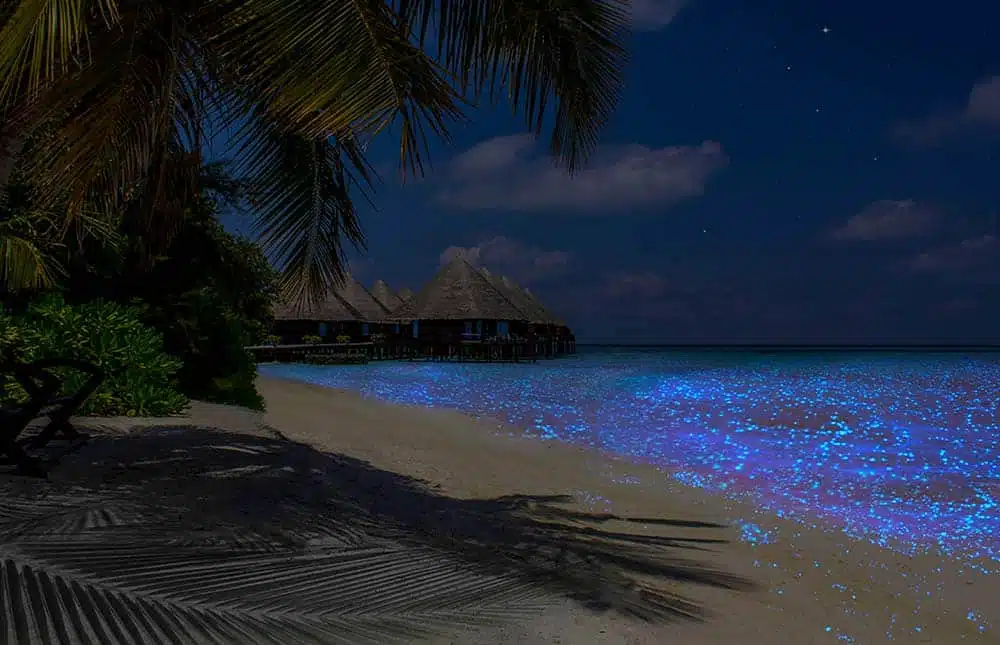Events everyone should see at least once in their lifetime!
With its blossoming deserts, salt flats, sea of crabs and extraordinary migrations, the Earth is a vast repository of natural treasures that are worth the time spent waiting to admire them. Here are a few examples from an infinite range, each more exceptional than the last.
Full steam ahead!
The great wildebeest migration in Tanzania
Close your eyes and picture more than two million wildebeest gathered together for the largest animal migration in the world! After spending the summer in Kenya, wildebeest set off for the pastures of the Serengeti National Park in Tanzania at the end of October. They tend to arrive in December to enjoy one of the most beautiful animal reserves on the African continent. Their migration is a spectacular sight to behold!
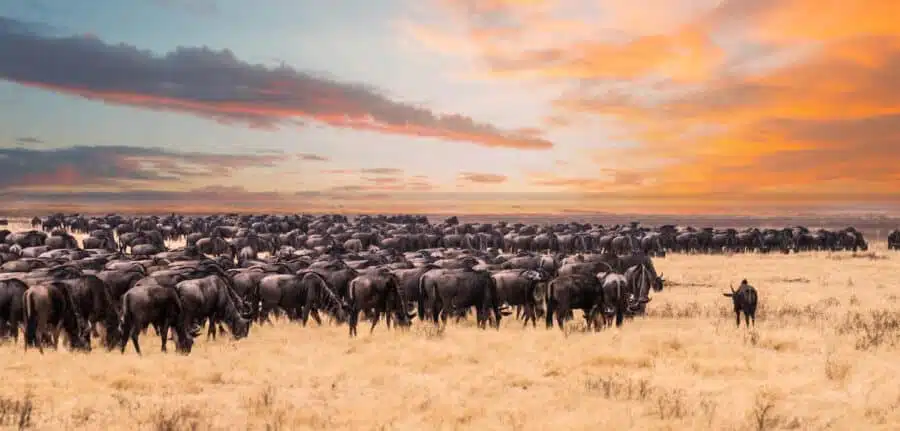
The journey of the grey whales
The mammal that migrates the longest distance on Earth is the grey whale. From December to March, these marine creatures embark on an incredible journey, travelling nearly 10,000 km all the way from cold Alaska to the warm waters of the Pacific Ocean and the lagoons of the Baja California Peninsula in Mexico. The grey whales go there to give birth and stay until their calves are weaned, before heading back north in spring as soon as the ice begins to melt.
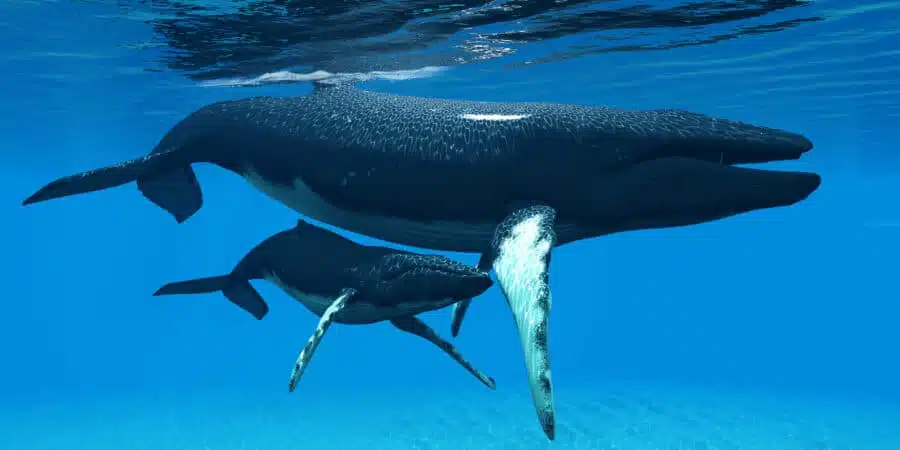
The flight of the flying fish
Another quirky marine phenomenon is the flying fish ballet. Thanks to their long pectoral fins, these warm-water epipelagic fish can leap out of the water and remain in the air for several seconds. This phenomenal gliding flight enables them to escape predators and amaze onlookers. Their show can be admired in Barbados or California between the end of May and September.
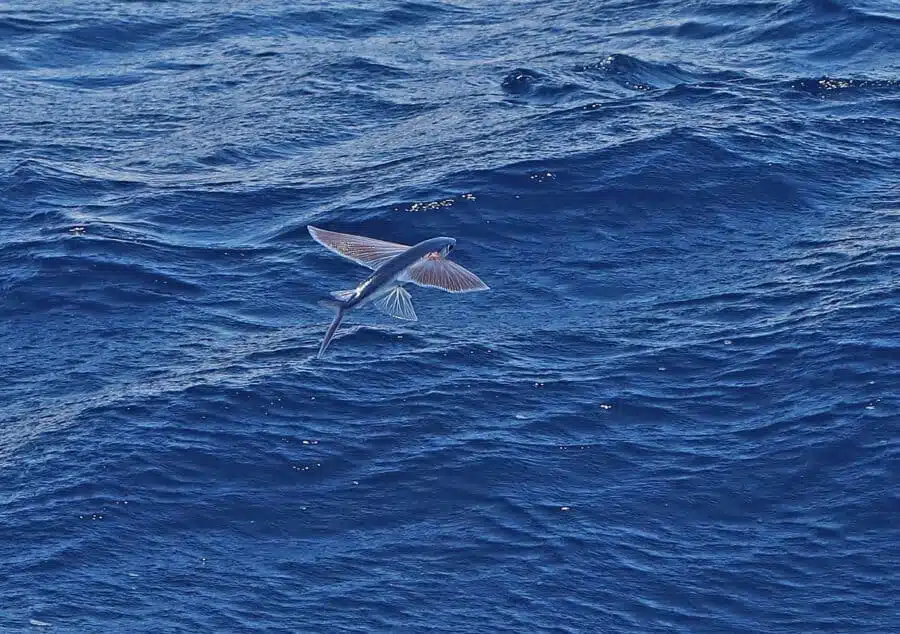
The red crab migration across Christmas Island (Australia)
The largest concentration of red crabs is found on Christmas Island, Australia. During the rainy season (between October and January), like a flowing red sea, more than 100 million of these bright red crustaceans leave their natural rainforest habitat to reproduce on the beaches of the Indian Ocean. This odd exodus lasts for over two weeks!
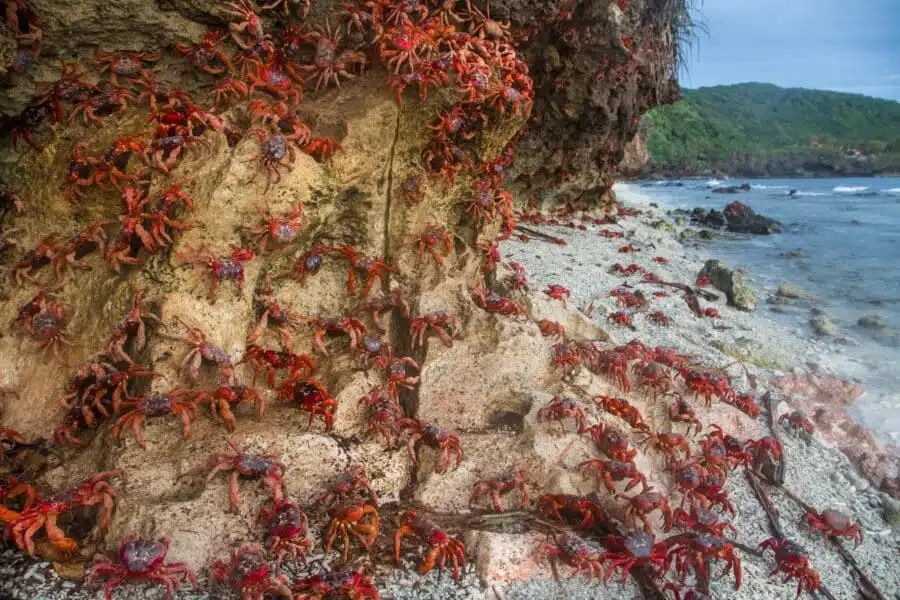
Water is life!
The frost flowers
This is a rare but infinitely elegant phenomenon that you are most likely to witness on the surface of the polar seas in the Arctic or Antarctica. When the temperature difference between the water and the air exceeds 15°C, pieces of ice turn into gas. This gas ‘freezes’ when it meets the air, forming magnificent ice crystals that scientists have poetically named ‘frost flowers’.
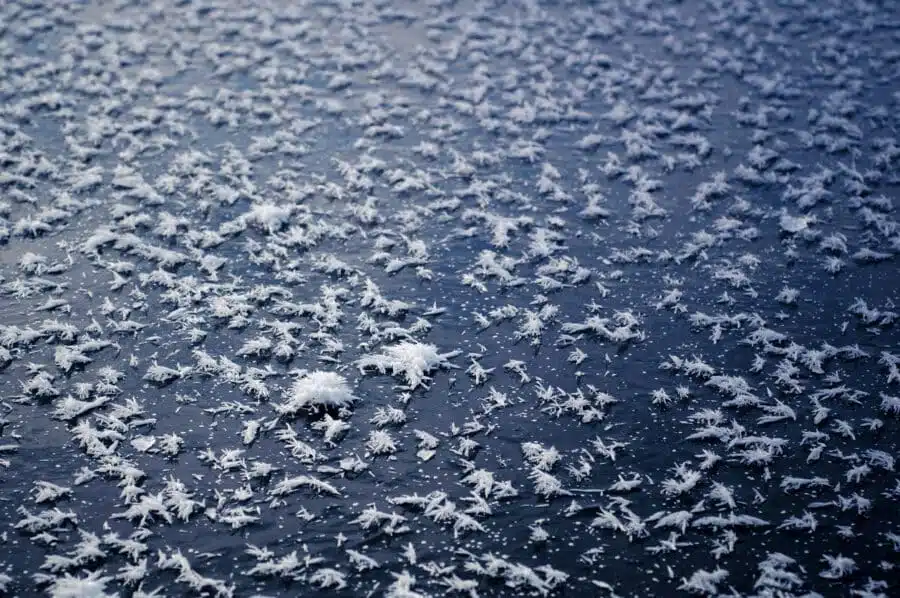
The Icelandic geysers
Iceland alone is worth the trip. But the country is also home to a very special little natural geothermic speciality: geysers. The most impressive ones are found in the Golden Circle at a site that is aptly named Geysir, after the powerful Great Geysir that erupts two or three times a day. Its ‘neighbour’, Strokkur, is much more active and projects boiling steam over 20 metres in the air every five to eight minutes!
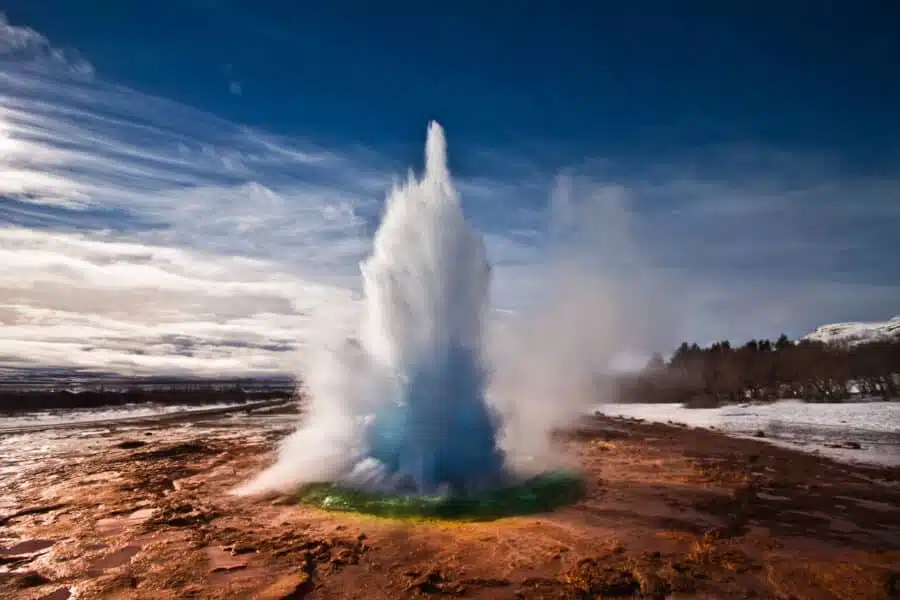
Still room for a little desert?
From the salt flat in the Bolivian desert…
Picture a white expanse as far as the eye can see and cracked ground. Is it made of ice? No, salt! Welcome to the Salar de Uyuni in Bolivia, the world’s largest salt flat, which you can walk across (with a guide) all year round. It is a rare and unique ecosystem, frequented by a few flamingos and home to oases of cacti – the ideal place to capture some striking photos!
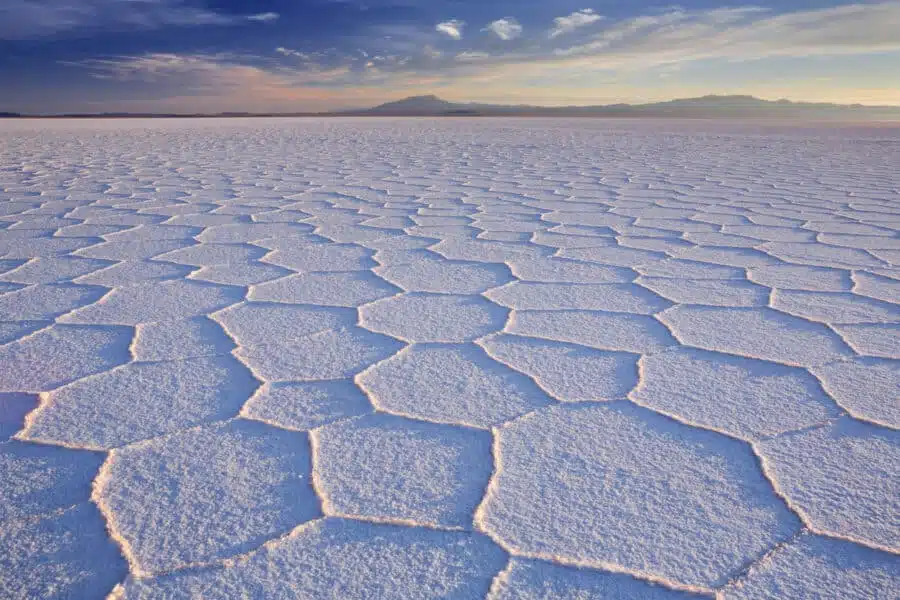
…to the blooming desert in Chile
We’d heard of deserts of sand, ice and salt, but what about deserts of flowers? In Chile’s Atacama Desert, an astonishing natural wonder occurs: the ‘Desierto Florido’ or desert bloom. Each year, following the rains occurring after El Niño, thousands of multicoloured flowers appear over hundreds of miles. It is the only desert you’d want to get lost in!
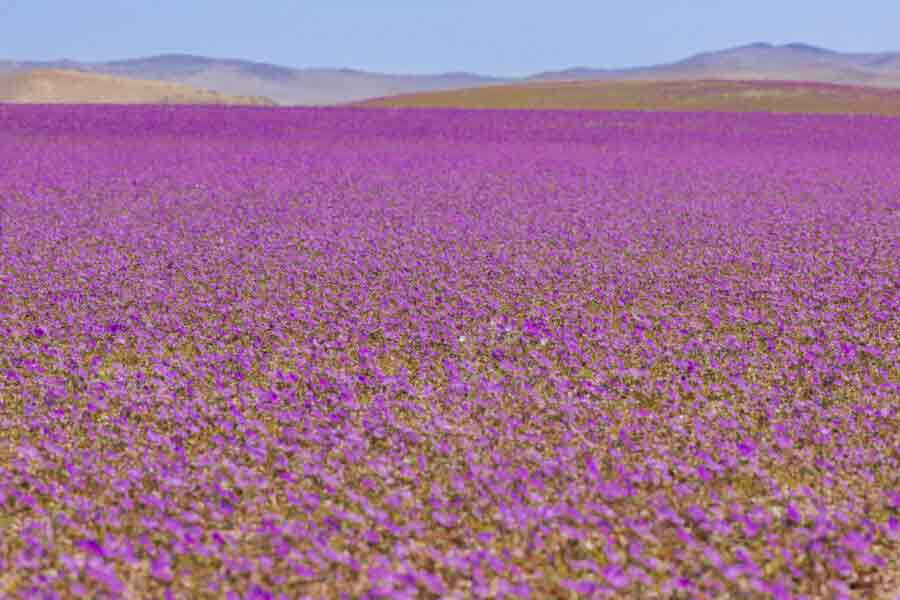
Let there be light!
The northern lights
Between September and March, the Far North provides an enchanting and poetic show: the aurora borealis, which can be observed in Greenland, Norway and Iceland. On the face of it, it is a simple case of polar winds interacting with the Earth’s magnetic field. But it is nonetheless a fascinating phenomenon that continues to captivate generation after generation.
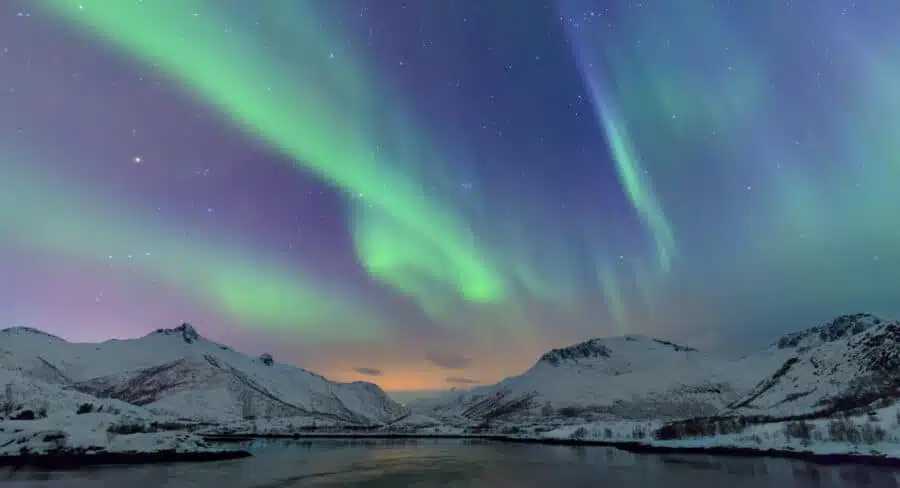
Vaadhoo island’s sea of stars
In the Maldives, the world seems to have been flipped on its head when the waters around Vaadhoo island twinkle with a thousand stars. Occurring between August and November, this phenomenon is caused by millions of bioluminescent phytoplankton agitated by the backwash of waves crashing onto the beach.


PONANT takes you to discover the beauties of nature on its cruises to global destinations.

